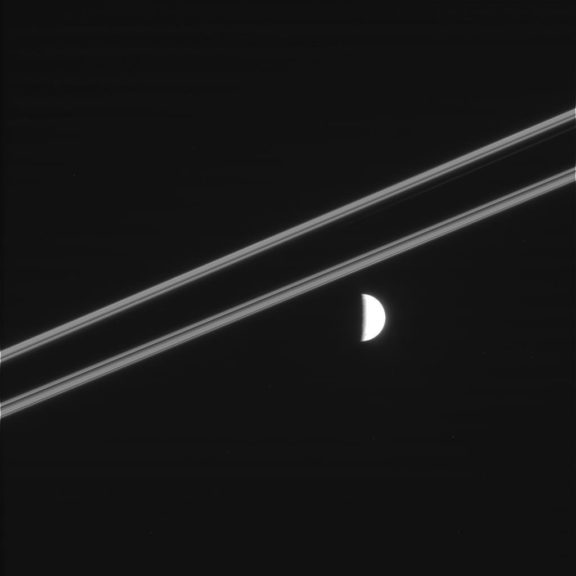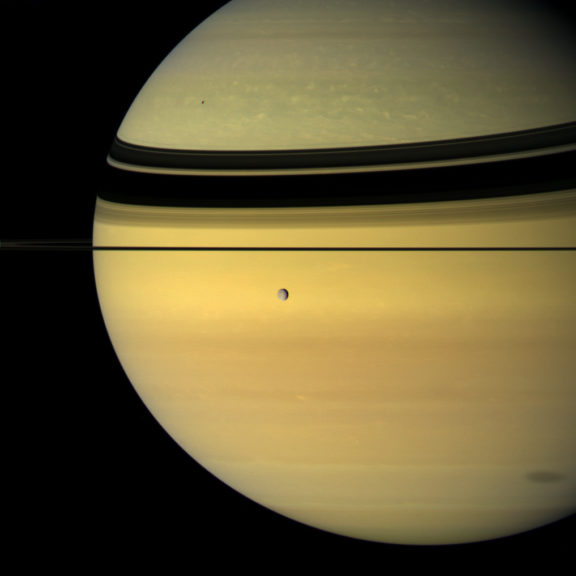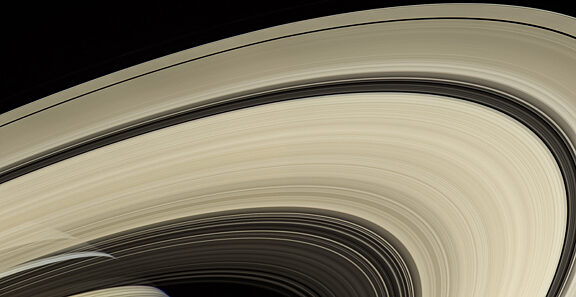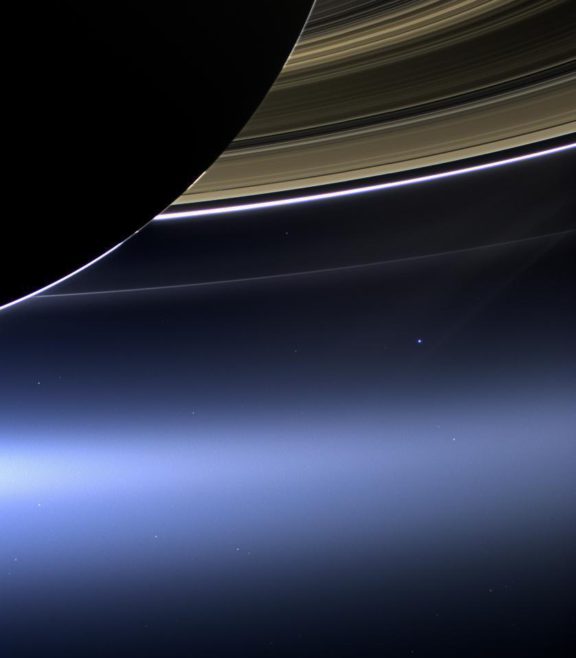The best pictures of Saturn’s rings

Written by
Rae Paoletta
Director of Content & Engagement, The Planetary Society
June 29, 2021
The idea of Saturn without rings feels somehow incomplete. It’s like imagining tides without the Moon or Saturday without Sunday. But strange as it sounds, at some point, Saturn was just another ringless planet pirouetting through the cosmos alone; another marble among many in a young solar system.
It’s hard to say how or when Saturn’s rings came to be. Estimates say they may have formed anywhere from 10 million to 100 million years ago, possibly from Saturn’s gravity shredding comets, asteroids and even moons. The shrapnel from this destruction continued to collide, creating rings of ice, rock and dust. How such extraordinary, indiscriminate beauty emerged from abject chaos is a celestial mystery we may never fully understand.
That shouldn’t stop us from trying, though. The Saturn system has had a handful of visitors over the years including Pioneer 11, both Voyager missions, and most recently, Cassini-Huygens. In 2026, NASA will launch Dragonfly, a rotorcraft that will explore Saturn’s mysterious moon Titan. Every mission gives us more insight into the planet’s iconic bands — and new images to marvel at.
A ring system is a fleeting beauty, and Saturn’s is no different. Some researchers posit the planet’s gravity is pulling the rings inward, causing them to become a dusty “ring rain” in Saturn’s atmosphere. Calculations suggest Saturn’s rings could be gone in just 100 million years.
It’s sad to think of a ringless Saturn, even if it’s eons away. The best thing we can do is cherish the rings now, while they’re still around.
Here are our favorite pictures of Saturn’s spectacular rings:












Support our core enterprises
Your gift today will go far to help us close out the year strong and keep up our momentum in 2026.
Donate

 Explore Worlds
Explore Worlds Find Life
Find Life Defend Earth
Defend Earth

